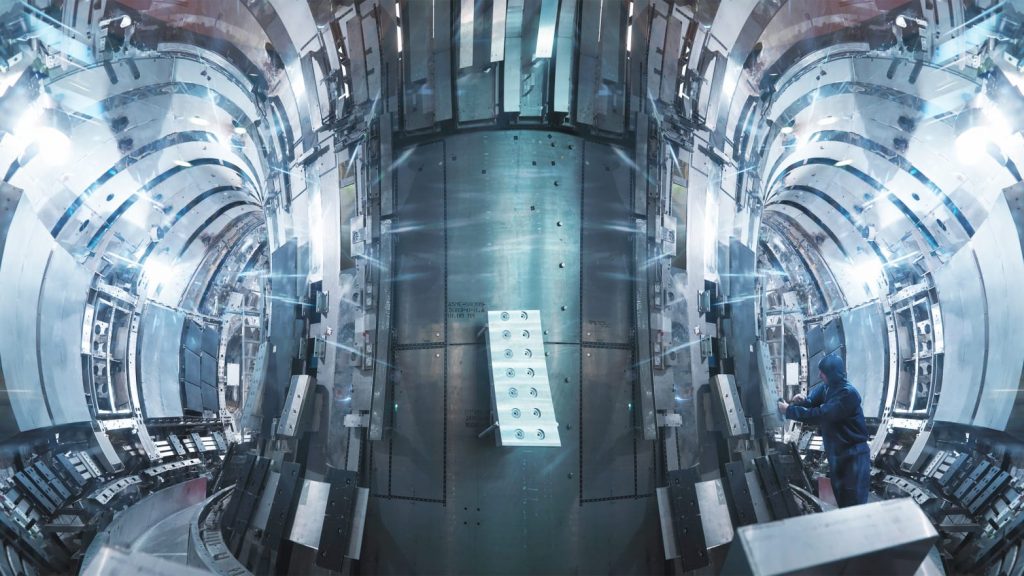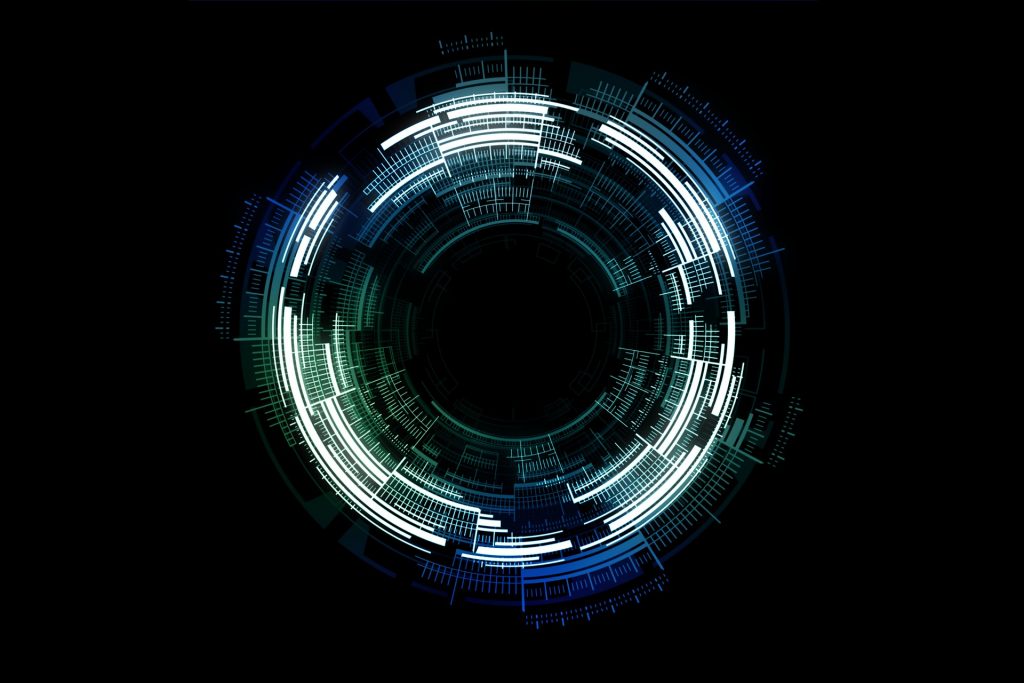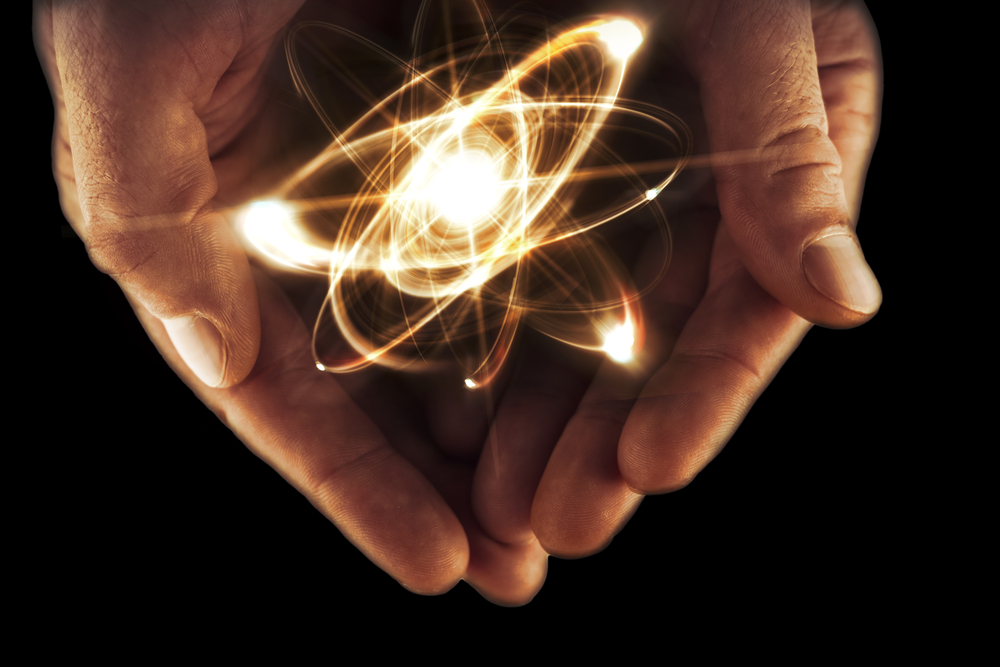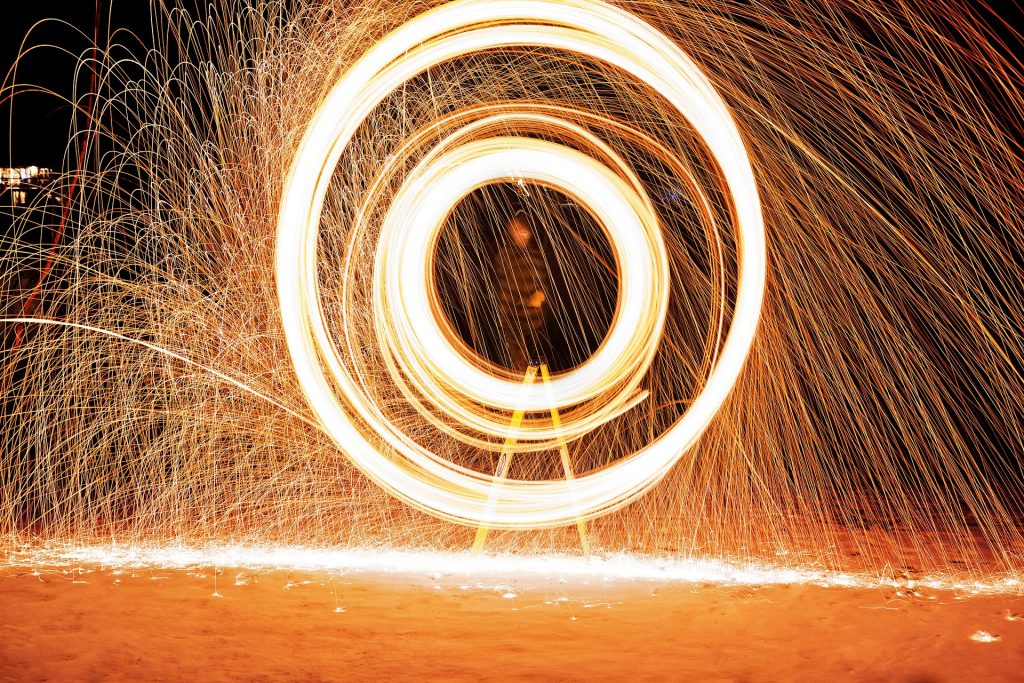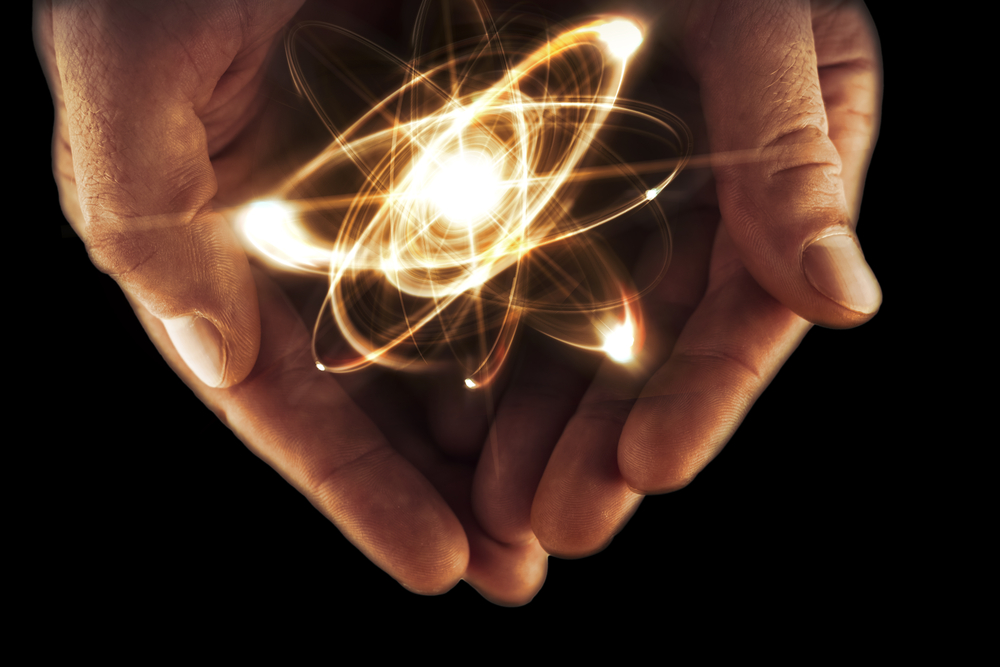
Technology nuggets and resources to drive your innovation
Boost your innovation with fusion tech
Sensors to measure hydrogen partial pressure in liquid metals
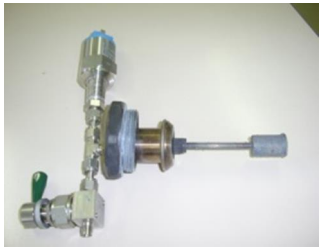
Leading the research on liquid metal technology for breeding blankets in close collaboration with EUROfusion, ENEA Brasimone Research Centre (Italy) has developed a new type of sensor able to perform direct measurements of the hydrogen partial pressure in liquid metals, not considering contribution from other dissolved gases. Initially developed for fusion research to measure hydrogen isotopes concentration in lead-lithium alloy, the sensors may be useful for process control for metallurgy or other industries that are interested to measure hydrogen content for purification purposes. The sensors have been qualified in lead alloys and are now open for further developments and adaptations to industrial standards.
Tritium Transport Libraries for dynamic hydrogen transport modeling
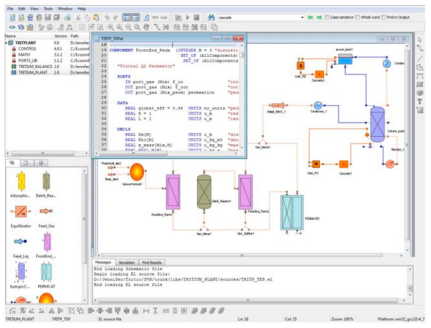
Cryogenic and tritium permeations are strong challenges in fusion technology. Empresarios Agrupados Internacional (EAI) has been working, in close collaboration with CIEMAT, in different EFDA tasks concerning tritium transport modelling. They especially developed a set of libraries for the simulation of systems and processes involving hydrogen isotopes for the study of transport phenomena and of physico-chemical processes related to the extraction and purification of tritium. Easy to reuse in many different systems without having to be reprogrammed, this tool could find promising application in every area which requires the simulation of processes involving hydrogen isotopes.
Membrane processes for Hydrogen separation and production
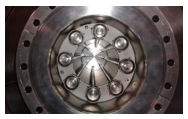
These membrane devices have been developed at ENEA Frascati laboratories for separation of hydrogen isotopes from tritiated water. Applied to the production of H2 from biomass, the dehydrogenation process on which these devices are based, allows the achievement of higher hydrogen and syngas yields than traditional reactors. Furthermore, these processes represent the only solution available for some kind of biomass (i.e. olive mill wastewater) that cannot be treated via the conventional biological processes.
Method for increasing the concentration of tritiated water

A leading European fusion laboratory has developed a method for increasing the concentration of tritiated waste water whilst reducing the volume. The process involves electrolysing the tritiated waste water and then humidifying the evolved gas to reintroduce the tritium into the waste water. This increases the concentration of the solution but reduces the volume. This could be applied in areas such as life sciences where tritiated water is used as a tracer.
Fast Gas Inlet Valve insensitive to Magnetic Fields
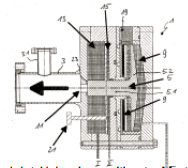
The object of the invention is to provide a fast gas inlet valve, primarily for emergency situations, fitted inside a magnetic field device, but not sensitive to the magnetic field. This device was originally developed for use within the nuclear fusion domain, but is also available for use in other domains with similar demanding environments.
Hydrogen Permeation Barriers
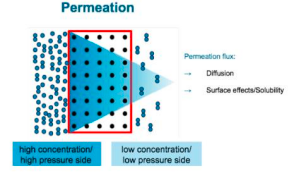
The Research Centre Juelich has gained substantial expertise in the development, preparation and characterization of hydrogen permeation barriers. In the fusion domain, such coatings are needed to limit losses of Tritium to the environment. Promising laboratory experiments have been conducted. A partner is sought that is interested in developing coating equipment and processes for industrial application based on the know‐how available at Research Centre Juelich.
You did not find a technology that met your demand? Share your need !


